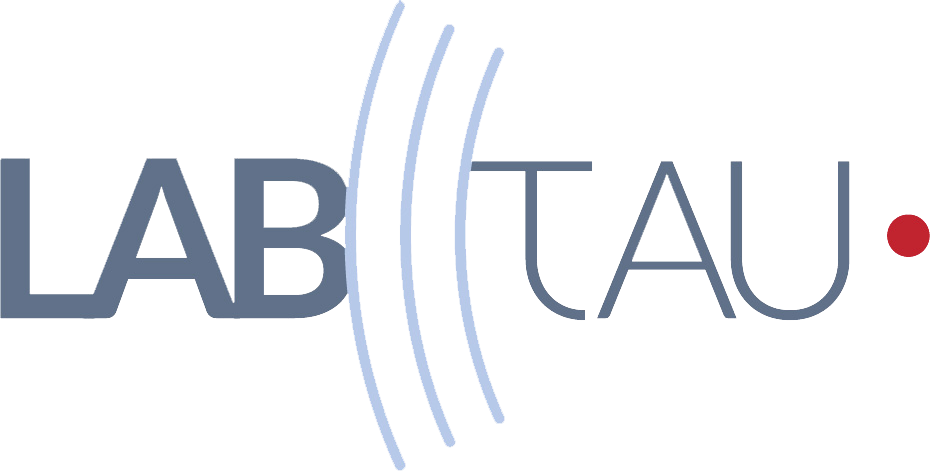HIFU Gynecology
Project Description
Treatment of posterior deep invasive endometriosis with transrectal HIFU
Posterior deep invasive endometriosis (DIE) includes lesions of the utero-sacral ligaments, torus uterinum and the rectosigmoid. The rectosigmoid lesions are associated with painful symptoms that can alter quality of life. A phase I, non-controlled, prospective monocentric clinical study was performed with FocalOne in order to assess the feasibility, the safety and the clinical efficacy of the FocalOne in patients presenting posterior DIE with rectal involvement. On eleven patients, it was demonstrated that HIFU can be an interesting alternative to surgery for the treatment of posterior DIE. A significant improvement of the MOS-SF36 was observed with an increase of both Physical Composite Score and Mental Composite Score at 6 months. No significant complications occurred during and after the procedure. A multicenter study was then performed on 60 patients. It demonstrated a significant volumic reduction of the lesions and an improvement of the QoL of the patients with no post operative complications.
Treatment of the placental unit pathologies using HIFU
The aim of this research project is to demonstrate the feasibility and efficacy of high-intensity focused ultrasound (HIFU) to treat placental pathologies. A HIFU device that uses a toroidal transducer was developed for treating twin-to-twin transfusion syndrome (TTTS) and placenta accreta. Regarding the treatment of TTTS fetoscopy is the gold standard since it increases survival rate. However, it is also considered invasive and responsible for fetal and maternal complications that can affect neonatal outcome. These complications are partially associated with the opening of the amniotic cavity. A completely non-invasive treatment that could occlude deep anastomoses would prevent the risks of invasive fetoscopy while offering the potential for more effective therapy. We previously developed a toroidal HIFU transducer that enables the destruction of large tissue volumes. In a recent study, we demonstrated the ability to induce lesions in human placenta using this toroidal-shaped transducer without damaging intervening tissues.The effectiveness of this HIFU device applied to the perfused placental unit must be studied in more thoroughly before starting a clinical trial.

Staff
LabTau Staff
- David Melodelima
- Cyril Huissoud
- Gil Dubernard
- Charles André Philip
- Cyril Lafon
- Axelle Brulport
- Victor Delattre
Collaborations
- Hospices Civiles de Lyon, Croix Rousse UniversityHospital
- EDAP - TMS
Publications
- Caloone J, Huissoud C, Kocot A, Vincenot J, Dehay C, Giroud P, Misery P, Allias F, Rudigoz RC, Melodelima D. Non-invasive high-intensity focused ultrasound treatment of the placenta: a preliminary in-vivo study using a simian model.
- Caloone J, Huissoud C, Vincenot J, Kocot A, Dehay C, Chapelon JY, Rudigoz RC, Melodelima D. High-intensity focused ultrasound applied to the placenta using a toroidal transducer: a preliminary ex-vivo study.
- Dubernard G, Gelet A, Lafon C, Guillen N, Chavrier F, Chapelon JY, Huissoud C, Philip CA. Transrectal high-intensity focused ultrasound as focal therapy for posterior deep infiltrating endometriosis. Ultrasound Obstet Gynecol. 2018 Jan;51(1):145-146.
- Dubernard G, Maissiat E, Legendre G, Dennis T, Capmas P, Warembourg S, Descamps P, Chavrier F, Roman H, Fernandez H, Nguyen-Ba E, Merlot B, Rousset P, Lafon C, Philip CA. Evaluating the safety of high-intensity focused ultrasound treatment for rectal endometriosis: results from a French prospective multicentre study including 60 patients. Hum Reprod. 2024 Aug 1;39(8):1673-1683. doi: 10.1093/humrep/deae127.
- Dubernard G, Devantay C, Philip CA, Warembourg S, Nguyen-Ba E, Dennis T, Merlot B, Roman H. Evaluation of rectal endometriosis treatment with high-intensity focused ultrasound versus surgery: A clinical retrospective multicenter trial. Int J Gynaecol Obstet. 2025 Aug 21. doi: 10.1002/ijgo.70478.




